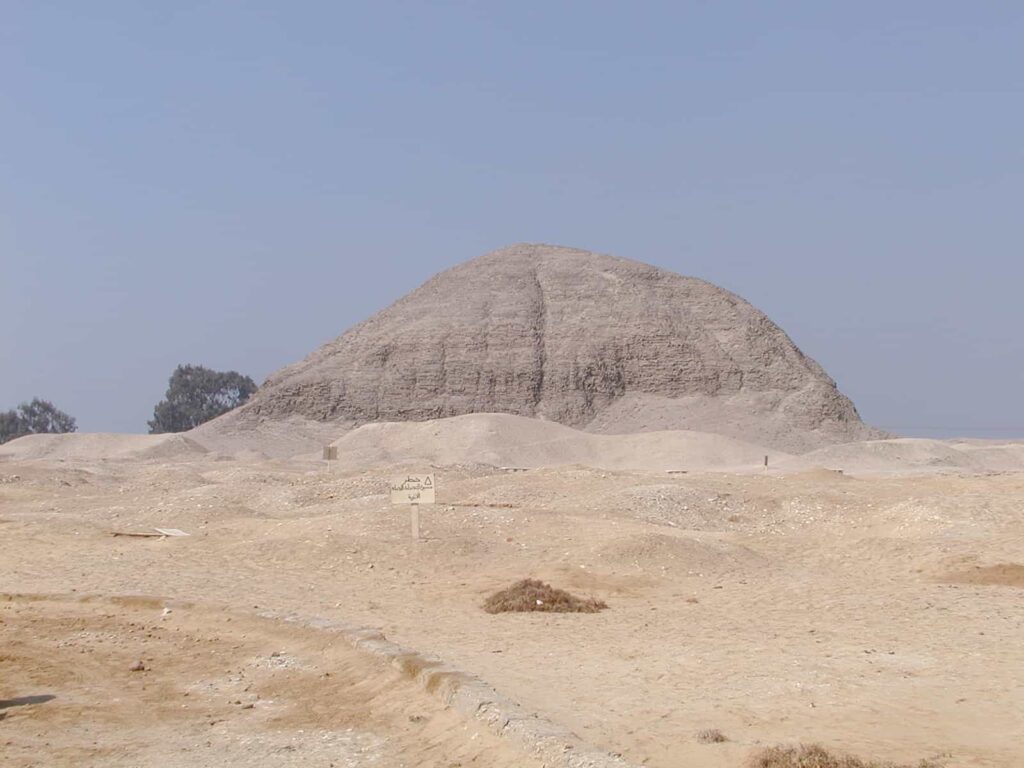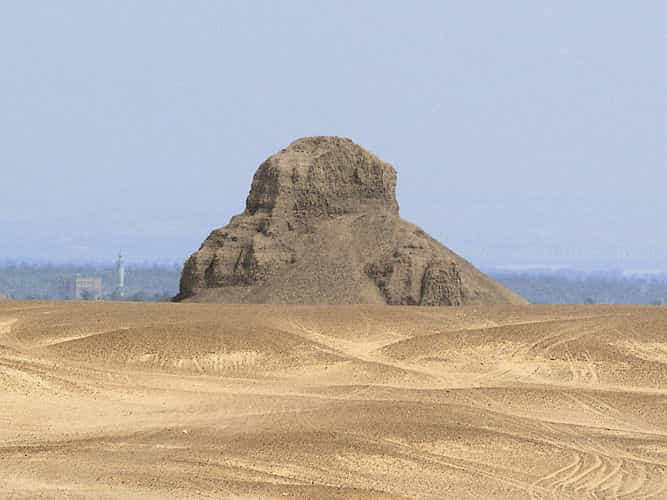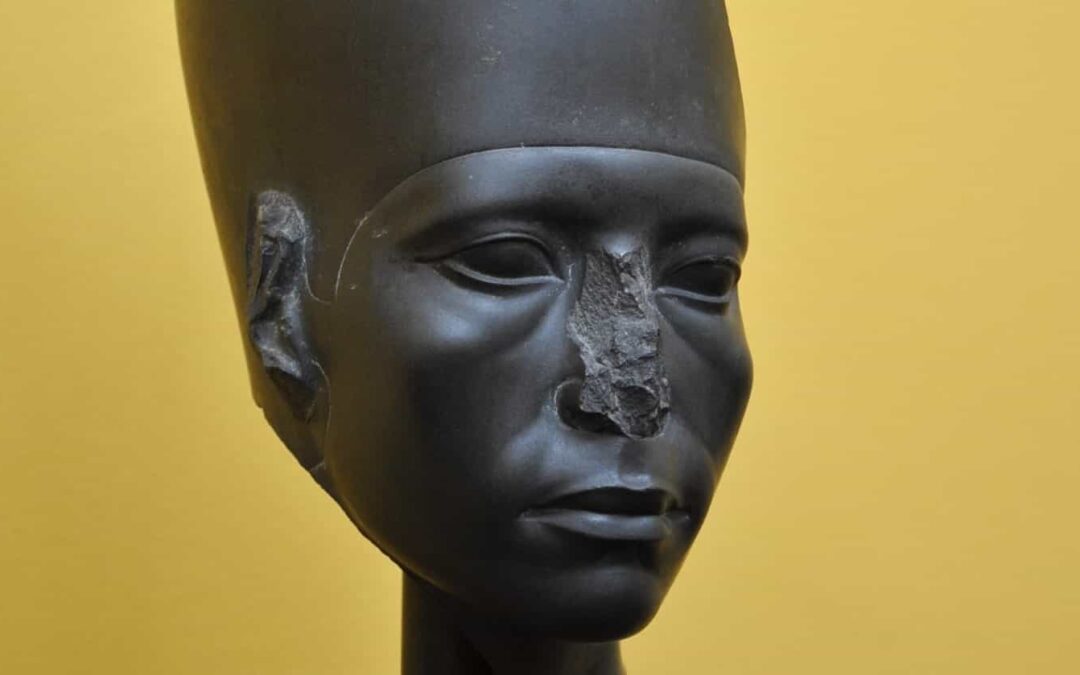Amenemhat III was the sixth pharaoh of the 12th dynasty of ancient Egypt and is considered one of the great monarchs of the Middle Kingdom. He ruled between c. 1829-1799 BC.
Biography
He may have served as co-regent, along with his father, Senusret III, for about twenty years and enjoyed a reign of 45 to 47 years, as his last known date is found in a papyrus from El-Lahun that states: I Ajet 22, the 46th year of his reign.
Under Amenemhat III, ancient Egypt experienced the period of its greatest economic prosperity in the Middle Kingdom. The country was well-administered, and there was loyalty among the nomarchs and nobility, as well as recognition from foreign nations.
Works
After completing fortifications, he implemented significant agricultural plans, such as the one devised in El Fayum, which reclaimed large areas for cultivation in the surrounding area.
He sponsored expeditions to the quarries of Wadi Hammamat and Aswan, and stone extraction continued in Tura. Additionally, more than twenty expeditions were made to Sinai to obtain metals and other resources, as reflected in over sixty inscriptions from the region, further increasing the wealth of the Egyptian pharaohs.
One of his wives was Aat, the mother of Amenemhat IV, who was buried at Dahshur. His daughter, Neferuptah, was interred in a pyramid located about two kilometers southwest of the king’s pyramid, which was discovered in 1956.
He established a co-regency with his successor, Amenemhat IV, as confirmed by a badly damaged stone inscription at Konosso, Nubia, equating the first year of Amenemhat IV with the 46th, 47th, or 48th year of his reign. Pharaoh Amenemhat IV was succeeded by his daughter, Sobekneferu, who became the last ruler of the Twelfth Dynasty.
Constructive Activity
Amenemhat III commissioned the construction of significant projects, including the expansion of the temple of Sobek in Shedet (also known as Crocodilopolis), the temple of Hathor, and the temple of Sobek-Renenutet in Medinet Madi.
He also oversaw the creation of a funerary complex with a pyramid at Dahshur, famously referred to as the “Black Pyramid.” This complex in Dahshur served as a burial site for several of the king’s wives.
Around the fifteenth year of his reign, the pharaoh embarked on his most ambitious project: the construction of a new pyramid and its accompanying funerary complex.
This complex included a large temple and an attached palace and was situated in Hawara, near El Fayum. It later became known as the “Labyrinth” and was described with great admiration by Herodotus, Diodorus Siculus, and Strabo, who praised it as one of the wonders of the world.
The pharaoh’s pyramid at Hawara featured some of the most intricate security systems found in all of ancient Egypt. However, the pharaoh’s sarcophagus was stolen in antiquity.








